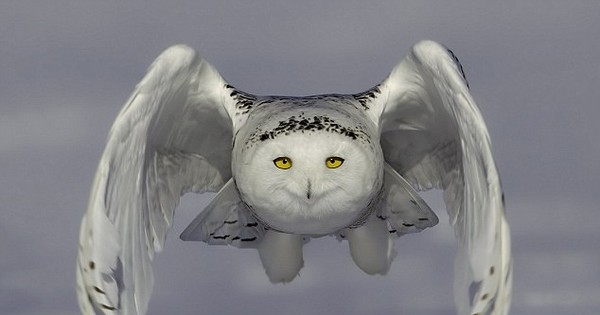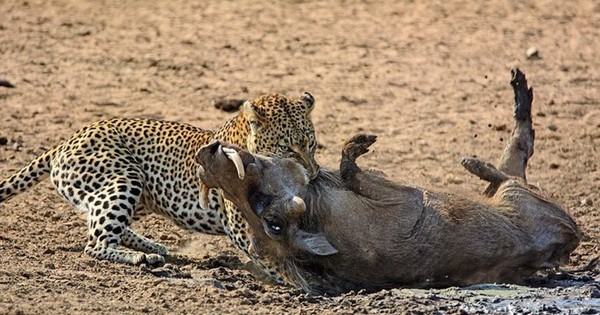If you’re new to the pet space and are looking to own a turtle, then the red-eared slider is one to consider. It is cheap, simple to breed, and small-sized. Red-eared sliders’ small size means they’re fit for small apartments, though the amount of room available for them to roam contributes to their growth rate.
Like most new pet owners, it’s totally normal for you to obsess about the size and development of your pet. Hence, in this article, you’ll learn about how big red-eared sliders get and factors that contribute to their growth rate.
How Big Do Red Eared Sliders Get?

Red-eared sliders raised under ideal conditions will grow 12 inches long. However, there are few instances of adult red-eared sliders getting longer than 12 inches. Also, it is typical for female red-eared sliders to be larger than males.
With proper care given to your red-eared slider, it can effortlessly live as long as 20 years, even longer.
Red Eared Sliders have the fastest growth rate within the first few years of their lives. They usually grow up to 1.1 to 1.6 inches within their first year. In their second year, they can attain a length of about 2.3 inches, then 4 inches in their third year, and 4.5 inches in their fourth year.
Generally, female red-eared sliders reach sexual maturity at 6 inches and 4 inches for their male counterparts. This happens between the ages of 5 to 6.
Furthermore, it can take red-eared sliders about 8 full years to attain their full length, which is often between 7 to 12 inches. The growth rate differs from one slider to another, differing by one or two inches.
What Factors Affect the Growth of Red Eared Sliders?

Apart from the environment in which these turtles are placed, there are some other factors that will determine their size.
Diet
The kind of food you feed your red-eared sliders will determine their growth. Since they are omnivores, a healthy baby turtle would accept a variety of foods.
On the other hand, not all types of food will produce the same effects on their growth rate. Red-eared sliders eat a diet that comprises fruits, meat, vegetables, etc. A balanced diet is crucial in raising a healthy turtle. Hence, giving your turtle a protein-based diet such as pellets will most influence their overall growth.
An example of the varieties you can occasionally offer them include crickets, earthworms, super worms, leafy greens, and freeze-dried shrimp or krill.
Gender
Gender difference is another factor that determines the size of red-eared sliders. During the juvenile period, it is hard to differentiate the male red-eared sliders from the females because they look the same. But as they grow, they start looking different from each other. Female red-eared sliders grow faster and bigger than males.
What is the Difference Between Red Eared Sliders and Painted Turtles?
While adult female red-eared sliders grow up to about 10 to 12 inches, adult female painted turtles, on average, grow up to about 5.5 to 10 inches.
Also, unlike adult male red-eared sliders that grow as long as 7 to 9 inches, adult male painted turtles, on average, grow up to around 3.5 to 7 inches.
Some people with small spaces to work with might prefer to own painted turtles rather than red-eared sliders as pets. This is because painted turtles are considerably smaller than red-eared sliders.
Interestingly enough, if you’re a big turtle enthusiast, you can afford to keep both painted turtles and red-eared sliders together in the same pond or aquarium.
What Habitat Size is Appropriate for a Red-Eared Slider?

Young red-eared sliders require an aquarium of 20 gallons. But when they become fully grown, they will require an aquarium of a minimum of 50 gallons capacity. Preferably, there should be the provision of about 10 gallons of water for each inch of shell length for every turtle. That’s to say, a 3-inch long turtle will require about 30 gallons of water, and two 3-inch long turtles will require about 60 gallons of water. And as you can imagine, a red-eared slider that might grow as long as 12 inches will certainly need enough space to move around comfortably.
If you’re not clear on the requirements for housing red-eared sliders, you can learn more about it in this guide.
Interesting Facts About Red Eared Sliders
- Red-eared sliders are exceptional swimmers, but they make use of a good deal of their time basking on logs, rocks, and in the sun.
- Red-eared sliders have good vision, but their hearing is poor. Whenever they are threatened or startled, they hastily slide off logs/rocks back into the water. Hence, the name “sliders.”
Up Next:
- See a Gator Bite an Electric Eel With 860 Volts
- The 15 Deepest Lakes in the United States
- The 10 Smartest Animals in the World – 2022 Rankings
More from A-Z Animals
The Featured Image






